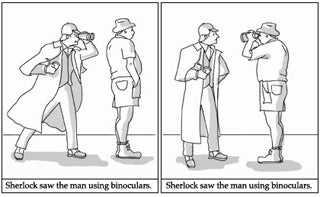"HTML5 e CSS3 - Módulo 2"
Semantics
"Curso em Vídeo"
This is the student's notebook of Ricardo Barros Becheli


"Curso em Vídeo"
This is the student's notebook of Ricardo Barros Becheli


<!DOCTYPE html>TitleHTML Semantic ElementsHead, header and headingParagraphFormatingEntitiesEmojisImagesFaviconMark the textHow to display codeQuotationsListsLinksResponsive imagesAudioVideoSemantic elements = elements with a meaning. HTML5 was built to be semantic, to attribute meaning to its content.
What are Semantic Elements?
A semantic element clearly describes its meaning to both the browser and the developer.
The opposite of that are the CSS styles, which give a form, a look to the content, like now.
Examples of non-semantic elements: div and span - Tell nothing about its content, they just select an area (to be worked by CSS or JS).
Examples of semantic elements: <form>, <table>, and <article> and many others. They clearly define their content.
But be careful where semantics meets logic:

Learn more at w3schools.